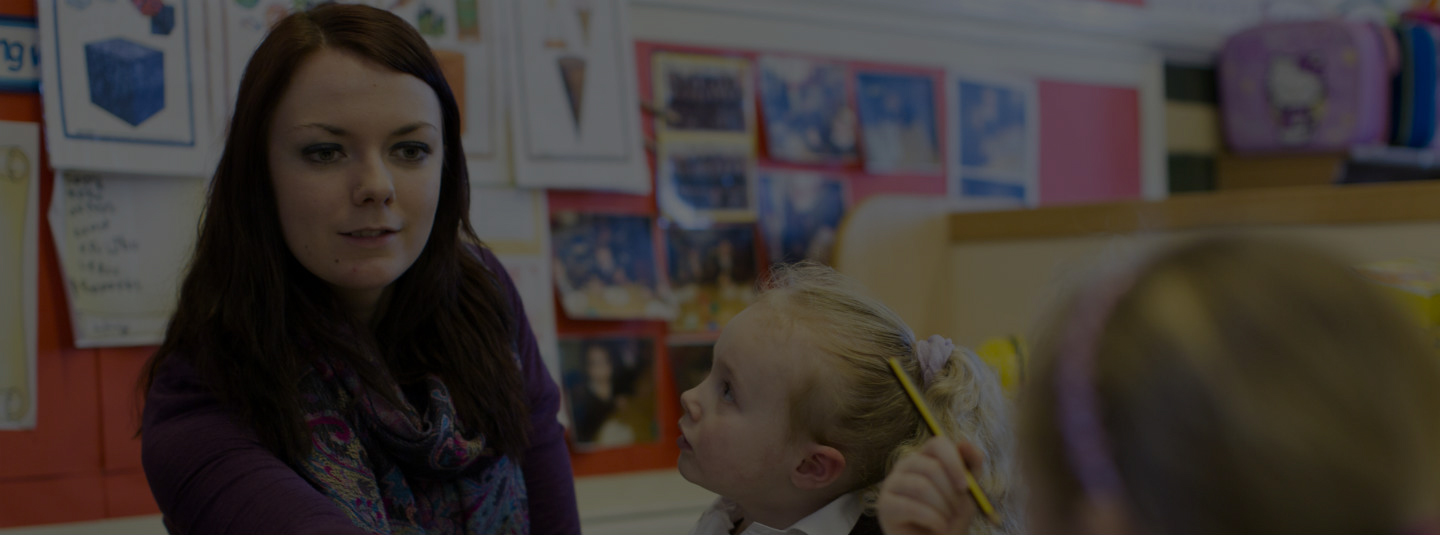What is the day about?
On 4 December 2013, colleagues from HEIs and schools across England came together to discuss ‘What it means to be a school-based teacher educator’. Schools in England are taking an increasing role in the training of teachers, both of beginning and experienced staff. Teacher educators in HEIs are engaging in an increased role in schools. Crossing the perceived boundaries between two linked but potentially discontinuous cultures – that of the school and that of the HEI – compels members of those cultures to reflect, to reconsider their assumptions. What does it mean to be a school-based teacher educator, whether as a school colleague or university colleague? What are the day to day realities? What are the challenges? What are the opportunities? This event offered the opportunity to reflect on new landscapes in teacher education in schools, to work together to share good practice and make a significant and high quality contribution to the training of teachers.
William Stow
TEAN was delighted to welcome William Stow, Head of Postgraduate Initial Teacher Education in the Faculty of Education at Canterbury Christ Church University to give the keynote on the day. William addressed issues for both school and HEI colleagues in his address: ‘Blurring the boundaries; enhanced partnership for teacher development’. He took us through an overview of recent history from the 1990s onwards to illustrate the fact that change in partnership relationships between HEIs and schools is not that new, what is new is the destructive rapidity of the change. He spoke of the importance of the Third Space concept (see Burch and Jackson’s paper in the TEAN journal which also explored this concept) and spoke of the common commitment between schools and HEIs, urging us to work together in true collaboration in the times ahead.
Claire Scott
Delegates then had the benefit of a range of differing perspectives from colleagues. Claire Scott from the University of Derby gave us an interesting glimpse into ‘what the students say’. Claire is Module leader (levels 6 and 7) and University Link Tutor on the PGCE University-based (Core) and PGCE School Direct (SD) programmes; Alliance Tutor on PGCE SD. She gave some fascinating references, indicating both sides of the school/university provision of teacher training. Although learning ‘on the job’ is excellent preparation, does this lead to too much focus on classroom experience which may not open up possibilities? TEAN looks forward to learning more from Claire’s fascinating research.
Rebecca Dunne
Rebecca Dunne, Director of Teaching School, Deputy Head of Prestolee Primary School and Programme Lead for ITT posed a question for us: Whose responsibility is it to train teachers? She spoke of the fundamental purpose of us all; ‘we want really good teachers in front of our children, it’s as simple as that’. Although the purpose is simple, the process is complex. Like William, Rebecca thought that collaboration is key and the answer to her question was ‘all of us’.
Download Rebecca's PowerPoint presentation
Julie Bostock
Julie Bostock from Ripley Teaching School Alliance explained that she had been at Edge Hill University before joining the Ripley Alliance and so had seen the situation from both ‘sides’. She was anxious to point out that they are not sides at all and just part of the same endeavour as Rebecca and William had hinted. She felt that mentor training was very important and suggested that the professional mentor role in schools has been enhanced by the introduction of School Direct.
Download Julie's PowerPoint presentation
Alison Chapman
Alison Chapman, Teaching School Coordinator from Queen Katherine School, an academy school and Technology College in Kendal had also seen both ‘sides’ as she had, until recently, been at the University of Cumbria. She spoke convincingly about the benefits that ITT can bring to a school: new teaching ideas and resources; a feeling of invigoration for teaching staff; opportunities for greater reflection on mentoring and professional practice. Mentoring, she suggested, gives a teacher a greater understanding of teaching and learning; the very act of articulating what you do enables this.
Download Alison's PowerPoint presentation
Group discussions
Group sessions as usual afforded some excellent ideas and inspirations. Firstly, here are some inspirational thoughts offered to you by delegates:
Inspirations from the day
We are excited by what we have heard; it bodes well for the future. Everyone is responsible, a blend of learning.
We need joint planning and more dialogue.
It is an opportunity to understand one another’s cultures. The role of the HEI is to facilitate.
We are philosophical: you can’t cross the ocean until you have the courage to leave the shore.
School partnerships suggest greater professionalism. School-led is not HEI fled.
Involve the admin in both schools and HEIs in your discussions
In the group discussions, delegates were asked to discuss 4 questions. Their suggestions are both interesting and useful. Click on any question to open up the bullet points.

